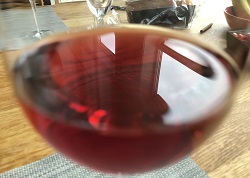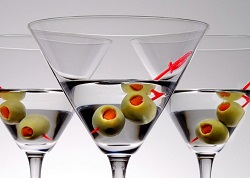Brachetto d'Acqui (Italy)
Brachetto is a black-skinned Italian grape from Piemonte.
Brachetto d'Acqui is a sweet dessert wine made from the Brachetto grape.
Brachetto d'Acqui Flavors
The sweetness of the Brachetto d'Acqui flavors are enhanced with notes of Rose and Red Berries, and silky notes of Honey and Balsamic Herbs.
Strawberry |
Raspberry |
Rose |
Herbs |
Brachetto d'Acqui Profile
Brachetto d'Acqui is Sweet, Fresh and Flavorful:
| SUGAR: | Sweet (100g/l) |
| BODY: | Light |
| FRUIT: | Medium |
| ACIDITY: | Medium |
| ALCOHOL: | 7% ABV |
| Serving temperature: 6-8°C (43-46°F) | |
Brachetto d'Acqui Food Pairing
Brachetto d’Acqui can be served as a light apertif.
In Piemonte, it is served with fruit and Dolci (Dessert).
Aperitif |
Strawberries |
Fruit |
Dried Fruit |
Biscuits |
Pastry |
Fruit Cakes |
Fruit Pie |
Crème Brulee |
Panna Cotta |
Chocolate |
Excellent Pairings
Not too sweet desserts.
Strawberries !!!
Fresh Fruit. Peaches.
Fruit Cake. Red Fruit Pie. Panettone.
Biscuits. Cantucci. Chocolate.
Pastries.
After-dinner Conversations.
The Perfect Glass for Brachetto d'Acqui
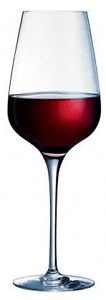
|
A Tulip-Shaped Glass is ideal for preserving the bubbles and focusing Brachetto d'Acqui's aromas. The glass is Slightly narrower at the top to concentrate the bouquet. A White Wine Glass is wide enough to allow the aromas to develop but still narrows slightly at the rim to concentrate them. |
Why Not a Traditional Champagne Flute?
While flutes are excellent for carbonation, they may limit the release of Brachetto d'Acqui’s rich and fruity aromas.
Brachetto d’Acqui DOCG
The production is centered around Acqui Terme, founded by the ancient Romans in Piemonte.
The official recognition came in 1996 (DOC in 1969), when the Brachetto producers were awarded the prestigious DOCG (Controlled and Guaranteed Designation of Origin) status.
There are different styles of Brachetto d’Acqui:
- Brachetto Rosso (Red wine)
- Brachetto Frizzante
- Brachetto Spumante
- Brachetto d’Acqui (Passito)
Rosso, Frizzante, Spumante, and Passito must contain 100% Brachetto grapes.
Rosso must have an alcohol level of 11.5%.
Spumante cannot exceed 2.5 atmospheres pressure.
Passito grapes must be dried to achieve a potential alcohol level of 15.5%
The production method used for Spumante is known as Charmat, or Martinotti, and was invented at the end of the nineteenth century by Federico Martinotti, then the Director of the Asti Institute of Experimental Oenology.
In this process, fermentation occurs in a pressurized tank, at controlled temperatures, for a period of 30 days, during which the sugars in the must are transformed into alcohol and carbon dioxide by the yeasts. The product is then immediately bottled and marketed.
Region Piemonte

Black Grapes |
White Grapes |
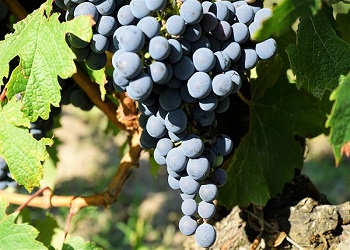
|
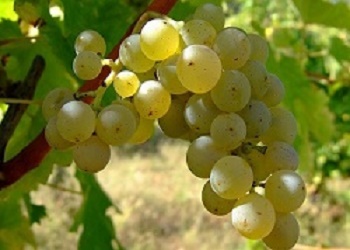
|
Soil |
Climate |
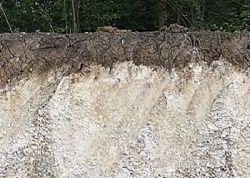
Lime-Rich. |
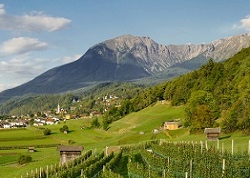
Cool/Mild Continental. |
DOCG Regions in Piemonte
- Alta Langa (Metodo Classico)
- Asti Spumate (100% Moscato)
- Barbaresco (100 %Nebbiolo)
- Barbera d'Asti (Min. 90% Barbera)
- Barbera del Monferrato Superiore
- Barolo (100% Nebbiolo)
- Brachetto d'Acqui (100% Brachetto)
- Gavi (100% Cortese)
- Dogliani Superiore (100% Dolcetto)
- Ovada Superiore (100% Dolcetto)
- Diano d'Alba (100% Dolcetto)
- Erbaluce di Caluso
- Gattinara (Min 90% Nebbiolo)
- Ghemme (Min 85% Nebbiolo)
- Moscato d’Asti (100% Moscato)
- Nizza (100% Barbera)
- Roero (100% Arneis)
- Ruchè di Castagnole Monferrato (90% Ruchè)
- Terre Alfieri (Arneis and Nebbiolo)
